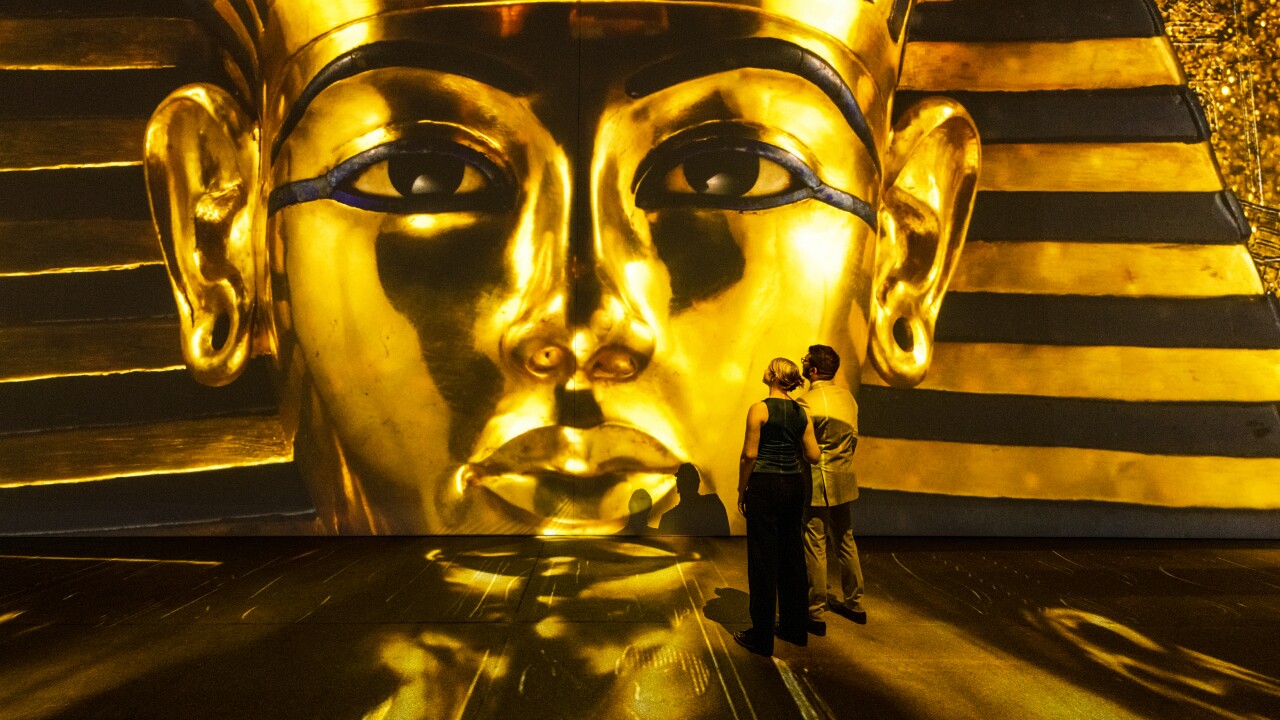
Egypt has long been revered as the land of pharaohs, pyramids, and a rich cultural heritage. The Grand Egyptian Museum (GEM), set to open its doors in 2021, stands as a testament to Egypt’s commitment to preserving and showcasing its ancient treasures. In this blog post, we will explore the significance, features, and anticipated impact of the Grand Egyptian Museum, highlighting its role in celebrating Egypt’s past while embracing the future.
- A World-Class Museum Experience: The Grand Egyptian Museum, located near the Giza Pyramids, is poised to become one of the world’s foremost museums dedicated to ancient Egypt. The museum spans a vast area, offering visitors an immersive and comprehensive experience of Egypt’s rich history and civilization. It aims to house and display over 100,000 artifacts, including many previously unseen treasures.
The museum’s architectural design is a blend of modernity and Egyptian aesthetics, paying homage to Egypt’s ancient architectural wonders. Its state-of-the-art facilities employ the latest technology, ensuring the preservation and presentation of artifacts in an engaging and educational manner.
- Showcasing Egypt’s Cultural Heritage: The Grand Egyptian Museum’s primary objective is to showcase the immense cultural heritage of Egypt. It provides an opportunity for visitors to delve into the fascinating world of ancient Egypt, exploring its art, architecture, religion, and everyday life. The museum’s vast collection includes artifacts from various periods of Egyptian history, from prehistoric times to the Greco-Roman era.
Among the most anticipated exhibits is the complete collection of Tutankhamun’s treasures, including the iconic golden mask, which will be displayed in a dedicated gallery. The museum also plans to exhibit royal mummies, offering visitors a chance to witness this significant part of ancient Egyptian burial practices.
- Conservation and Restoration Efforts: The Grand Egyptian Museum has undertaken significant efforts in the conservation and restoration of its priceless artifacts. Advanced laboratory facilities are employed to analyze, preserve, and restore the objects, ensuring their longevity and safeguarding them for future generations.
Additionally, the museum’s conservation center provides training and expertise to local and international professionals, contributing to the global conservation and preservation community. These conservation efforts are crucial in maintaining the integrity and authenticity of Egypt’s ancient treasures.
- Educational and Research Opportunities: The Grand Egyptian Museum serves as a hub for education and research. It offers a range of educational programs, workshops, and interactive exhibits, catering to visitors of all ages. These initiatives aim to promote a deeper understanding of Egypt’s history, archaeology, and cultural heritage.
Furthermore, the museum collaborates with international research institutions, facilitating scholarly investigations into Egyptology, archaeology, and related fields. The museum’s extensive collection and access to cutting-edge research facilities make it an ideal platform for advancing knowledge about ancient Egypt.
- Boosting Tourism and National Identity: The Grand Egyptian Museum is expected to have a significant impact on Egypt’s tourism industry. Its world-class status and proximity to the Giza Pyramids make it a must-visit destination for tourists from around the globe. The museum’s comprehensive exhibits and engaging experiences will attract visitors who seek to immerse themselves in Egypt’s rich history and cultural legacy.
Moreover, the Grand Egyptian Museum plays a crucial role in fostering national pride and identity. It celebrates Egypt’s glorious past and showcases its enduring contributions to human civilization. The museum serves as a source of inspiration for Egyptians, reinforcing their connection to their heritage and fostering a sense of cultural continuity.

